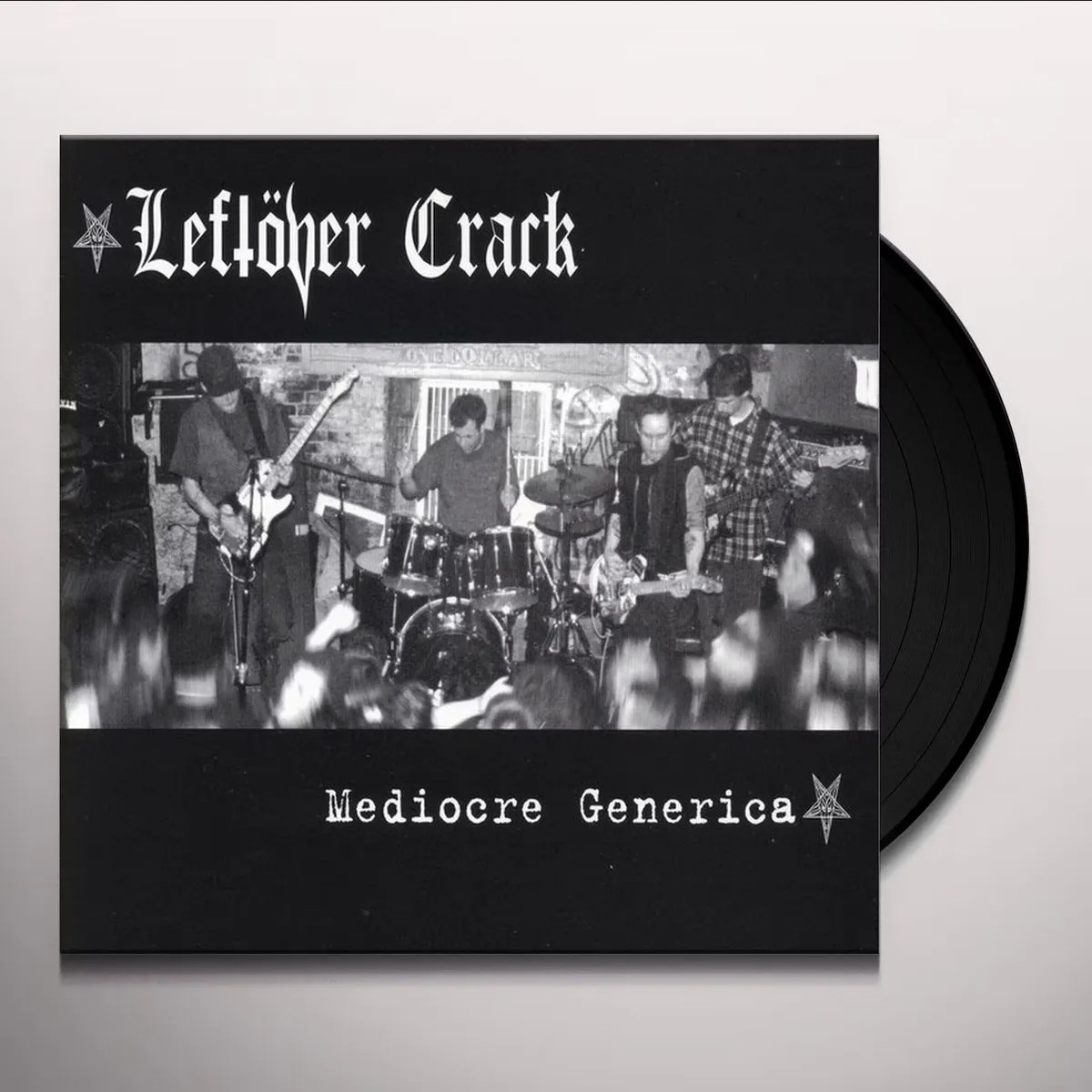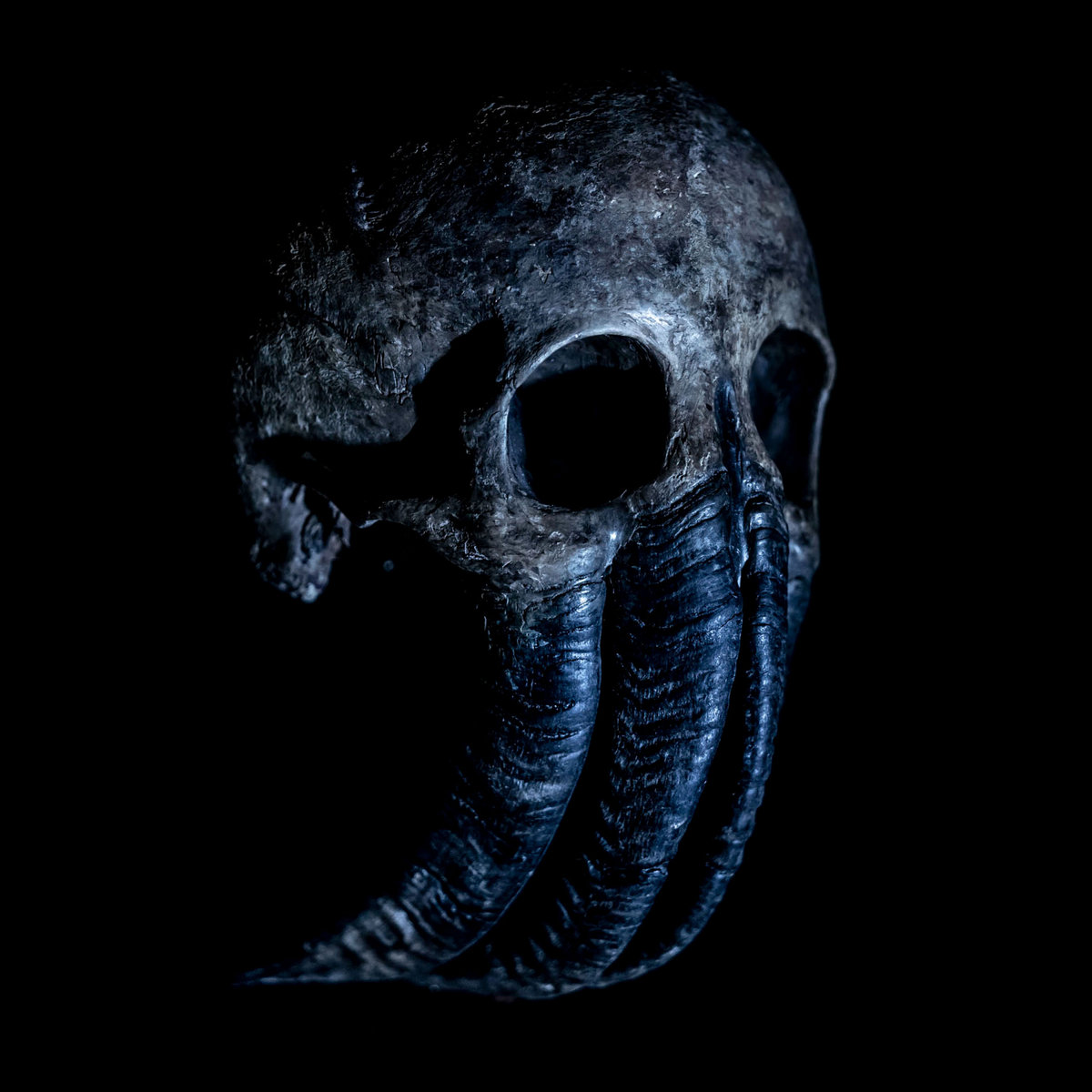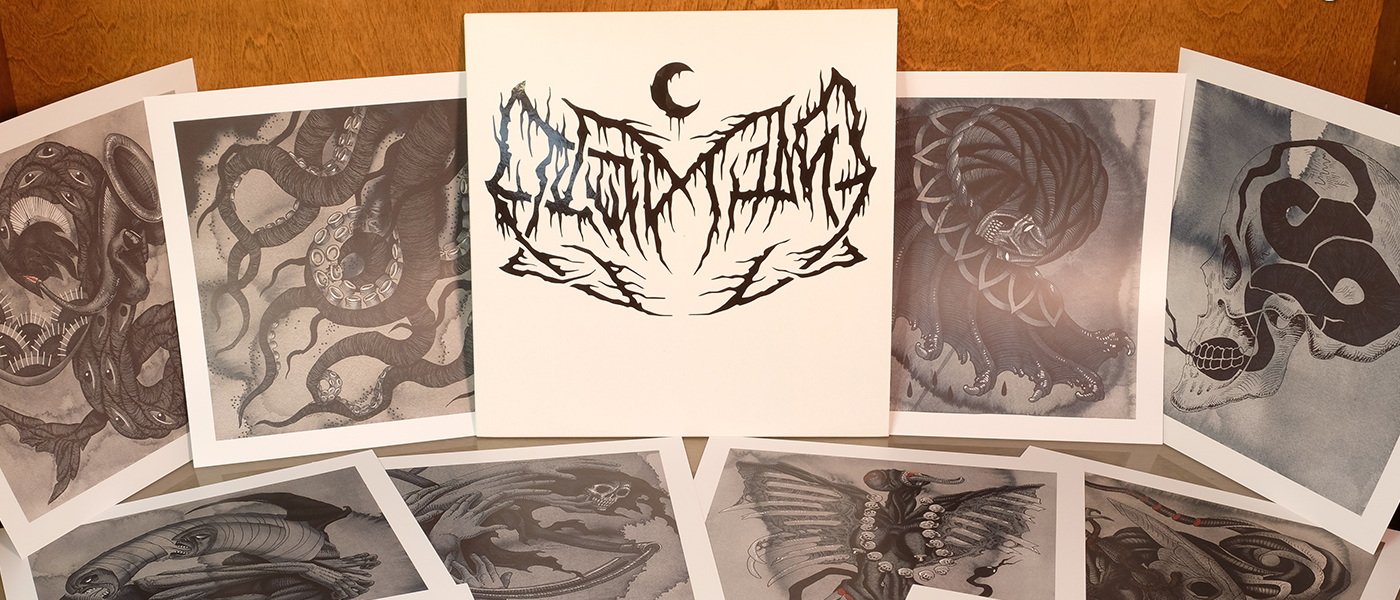
I first became aware of Show Me the Body a handful of weeks before seeing them open for Code Orange in Columbus (the full set was recorded and remains on YouTube – September 26th 2021 – and this recording is the only adequate way to convey what my first impression was). The raw energy they brought to the show was astounding, and carries over into the albums that I proceeded to blast on the long, sweaty, out-of-breath drive up Highway 270, then back on to State Route 161…
I worked through most of their discography in a matter of days – the main landmarks of which are their debut Body War and follow-up Dog Whistle (not to discount the several eps that were recorded during their formative days, released for free online whilst they would gain a following playing equally gratis shows under busy NYC overpasses) but the main disturbance, the harsh reality that would jar me awake after the video of the night had been posted, was that the best song that had been played all night was not available for normal listening – in fact, it was a preview for their upcoming album that was still under development at the time of the concert. This set my mind eagerly on the release of this work, whenever it would come. After a rather significant timeframe and several preview singles, they would release Trouble the Water more than a year after I had seen them that night – and it was worth every second of the wait.
If one were forced to put a genre label on Show Me the Body, they would most easily fit under the label of “punk band.” However, to quantify them simply as a punk band would be doing them an injustice. The three-piece is comprised of vocalist/banjo maniac Julian Cashwan Pratt, bassist and electronics engineer Harlan Steed, and drummer Jackie McDermott; a trio that manages to successfully blend punk, hip-hop, electronic/noise, sludge metal, and spoken word poetry while also incorporating Afro-Latin jazz-influenced grooves. While this may sound like some orgiastic word salad, the clever bastards manage to pull it off – and in releasing Trouble the Water they have nigh perfected their craft.
Whilst the album does still most heavily rely on the punk ethos and method for most of the runtime, it shows far more diversity in sound than the average garage-jammer would possess. The surf-punky track “Buck 50” and angry mosh anthem “We Came to Play” (the very song that was previewed at the concert) are punctuated by slower tracks such as “Out of Place” and “WW4”, but even in these moments of acoustic relief the band still manages to bring tracks to an aggressive climax, maintaining the consistent heaviness that ties the eclectic influences together. It is hard to imagine these things working with a guitar, in truth, as Cashwan Pratt’s furious chirpy banjo riffs add a certain contrast to the chugs of Steed’s bass, which a guitar would sound too similar to. Not to mention the vocal rhythms that are no doubt influenced by New York’s long history of producing prolific and legendary rap artists. This unorthodox blend is inexplicably pulled off with ease by the group, creating one of the finest records I believe to have been released in 2022.
In regards to the vinyl pressing – it is immediately obvious that the band’s punk philosophy has been incorporated into the production of this wax. There is no excess glamour in the jacket, it is simply adorned with the group’s trademark three coffins set ablaze (reflecting the band’s penchant for practical artwork; Dog Whistle’s cover was an enormous mural of the three coffins painted on a rooftop and photographed by helicopter) with all of the lyrics and liner notes squeezed tightly in small handwriting on the reverse side. However, the packaging seems to be made with some sort of recycled paper – no doubt a product of the band’s desire to make the record available for as little money as possible, something that has long been practiced by punks in an effort to somewhat subvert wealth and capitalism. This is not to say that the album has been produced cheaply, however, as the record itself carries incredible fidelity and the texture of these packaging elements gives a somewhat tactile appeal. Indeed, the vinyl sleeve itself is reminiscent of a paper bag, poking the mind – is this record illegal? Do I have to carry it in a crumpled-up paper sack to walk down the street with it? This thought passed quickly; however, the lyrical content surely isn’t going to please any politicians. The production, while giving homage to the lo-fi roots of punk, does not compromise when it comes to sound – conveying the hollering and beating war drums with clarity and precision. A sonically solid pressing, produced with the intent for maximum availability regardless of the financial means of the consumer. The shoe fits.

Continuing in the vein of New York Punk Rockers, here we examine a more classic and lauded release than the new blood of the former. The band Leftöver Crack, formed from the ashes of the previous outfit Choking Victim by a group of crust punks living off welfare in the C-Squat of the Lower East Side, is revered as one of the foremost and most controversial bands to come out of the New York Punk scene. Known for their vagrant lifestyle, long and documented feud with the NYPD, and incredibly vocal political commentary, they have put together what some consider to be core and central material within the crust and ska-punk realms. This particular album, Mediocre Generica, marked the band’s debut LP – released on Tim Armstrong (of Rancid)’s Hellcat records. Originally, the album was intended to feature a far more provocative title and cover, but the label rejected this – hence the “mediocre, generic” name and simple concert photo cover, a joke that frontman Scott “Stza” Sturgeon insists was lost on the label. Needless to say; the band’s follow-up album, Fuck World Trade, would not be released on Hellcat.
Musically, Leftöver Crack represents a rather pure cross-section of what ska-punk and crust should be. The classic punk riffing is ever present, but the very clear influence of ska/Caribbean music (again, no doubt a product of the massive diversity of New York City) adds a counterpoint – a kind of cheery cadence that contrasts the grim political screeching of Stza’s lyrics in most circumstances. Pair this with a somewhat ironic death metal influence, a splash of surf rock (in “The Good, the Bad, and the Leftöver Crack”), bent humor, and goofy samples (who stole the money from the House-Fund? Was it the Coconut Man? F–K THE COCONUT MAN!!), Mediocre Generica marks the jumping-off point for “the Crack Rock Steady Beat” and their very special musical impact, something that can be seen in many of their peers and also the other projects that the members have been involved in (S.F.H., F-Minus, InDK, plus collaboration with Amery Smith of Beastie Boys, Suicidal Tendencies… too many to mention). Beginning with the band’s somewhat trademark boxing-match-style intro on “Homeo-apathy”, the album quickly unfolds into a self-described “thunderous cacophony” that stretches across thirteen classic songs. Perfect music for throwing bricks through windows…
Secrets Sponsor
Absent of the label-mandated cover art, the jacket features a cheeky “Nutrition Facts” section on the reverse side (INGREDIENTS: MediocreGenerica, MediocretGenericah, MediocreeGenericac… DISCARD AFTER USE). The record sleeve is covered with the lyrics, plus political blurbs and a very large and prominent “UNAUTHORIZED DUPLICATION IS ENCOURAGED.” Sonically, the pressing isn’t particularly anything to write home about, but still conveys the good Leftöver Crack’s sound as it should be – gritty and unrefined. In between listing off three-letter agencies that the band would love to see burned to the ground, Leftöver Crack proves a very important point that gets lost much of the time in the modern scene – good punk shouldn’t take itself too seriously.

In the interest of total transparency – when I first listened to Plague God, it didn’t exactly blow my hair back. While I certainly did acknowledge the rather remarkable lineup that the group boasted, I cannot say that it was a “love at first sound” experience. I noted the release and then went on to anticipate other records.
It took one particular night – and then I began to understand.
Between aggressive fits of roasting entire sticks of incense at once (longways) and sorting out the muddled and cryptic napkin notes that I leave for myself – as memory impaired as I am – I spun Plague God on a whim to provide the proper atmosphere for this grim late night. It was then, at 3:00 A.M., that the record clicked with me.
Absent in Body’s debut record accounts for somewhat of a shock within the post-doom realm, as it sees members of Sepultura, Neurosis, and Amenra band together for a truly unique composition. The pedigree of the aforementioned groups is background enough – each has paved its own way into notoriety. This is not meant to be an album that produces radio hits – no. It is meant to hypnotize the listener in the most horrifying way, to be experienced as an album. Picture yourself in the Mines of Moria, waiting for those dreadful drums in the deep. This is how the record opens, and that same dread carries through the entire runtime. Most doom metal gives the impression that the “doom” has already come, the battle is over, the pain of defeat, etc., etc. Plague God, by contrast, gives the distinct feeling of impending doom, fear, and paranoia… the feelings that come before the fall. It retains a more sophisticated edge than your usual doom record, no doubt informed by the influence of the Neurosis alumni that are in the group; the riffs bring the listener into a trance and blend into one another, but do not do so in a repetitive or obnoxious way. Instead, they serve as a guide through the revolting, constricting tunnel that the beating war drums and howling vocals create. As previously stated, this record is best served after 1:00 A.M., with large sacrificial fires burning – or the closest thing you can get your hands on at that hour. For me, a high-powered butane torch did the trick… the hissing of the fuel matched the pitch of the guitars. Or rather contrasted them (also, the blue flame illuminated the grim cover art quite nicely when paired with the street lamp shining through my window). I have a particular affinity for the song “Sarin”, I find that its funeral dirge rhythm drives it well in and out of distorted, static-seeped vocal interludes. “The Acres/The Ache” serves as a moment of reprieve from the temple shroud, but it still maintains a tone of desperation in its more melodic moments. All around, this record is not one for all moments – but when delivered at the right moment it serves to impact the senses tremendously.
Secrets Sponsor
As for the packaging, the jacket is adorned with several photos of an ominous-looking series of bone mutations and other practical sculptures, juxtaposed with piercing red text to contrast the Payne’s grey lighting of the central skull/dome (Relapse Records was also so generous as to spare a gatefold jacket despite the album being a single LP). The lyrics are printed on the vinyl sleeve, which houses a translucent blood-red record. I own a handful of Relapse pressed records, and have yet to be disappointed – this is no exception. The dimension of this album’s horrid howling is portrayed perfectly, with no margin for weakness in this sound. I’ve encountered no unnatural flaws or errors, no doubt a product of Relapse Records’ pursuit of quality. For a label boasting some of the finest heavy acts in the world, how could you settle for less? Only fitting for an act with such incredible potential as Absent in Body. Now, I must step away from the keyboard. I need to fire up the torch again, the incense is starting to fade…


